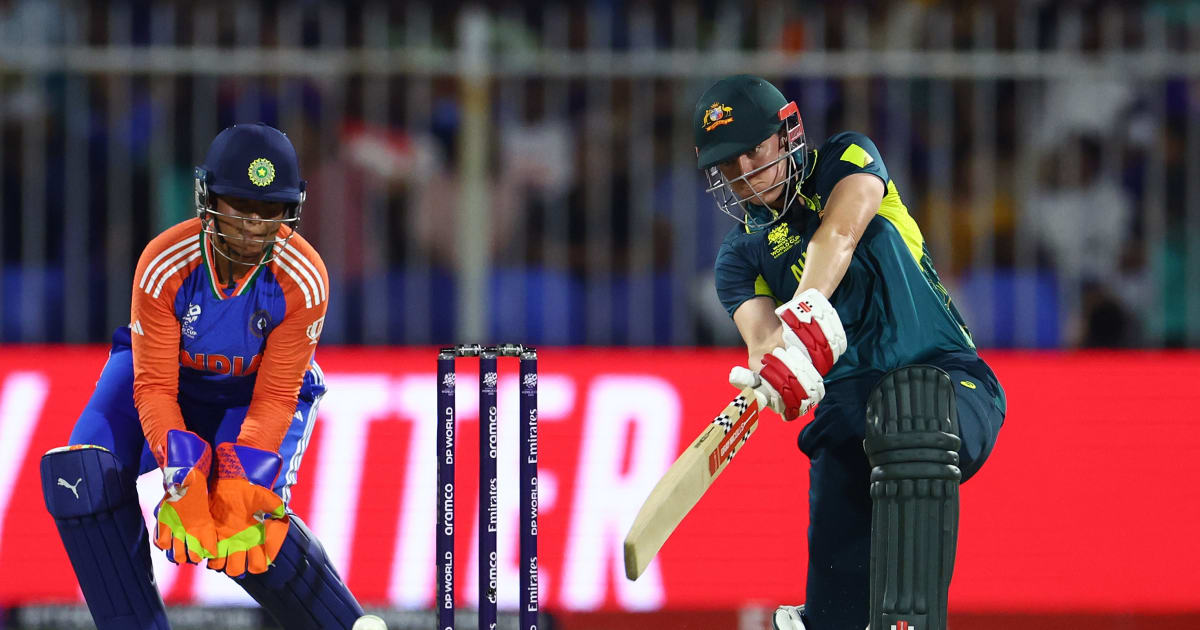Australian researchers ask for help from parents, coaches to raise youth concussion awareness

BRISBANE, Australia (AP) — With concussion-related injuries among professional athletes often taking an unwanted spotlight, researchers in Australia are asking for help to study the impacts of potential long-term brain injuries to the younger generation — one contact sport at a time.High-profile news about concussions is almost a weekly occurence Down Under. Among those is 22-year-old rugby flyhalf Tom Lynagh, whose third concussion of the year resulted in him missing several games for Australia's national team. Or outside of the main contact sports, 27-year-old Australian cricketer Will Pucovski, who retired in April after sustaining an estimated 13 concusions in his first-class career due to blows to his head from fast bowling.AdvertisementWhile those players among the pro ranks have dedicated medical professionals to assess their head injuries, researchers at Australian universities are seeking grass-roots help among parents and coaches to help identify concussion symptoms in players who don't have the luxury of those kind of resources.This week, the University of South Australia announced a study that will ask parents, coaches and volunteers from community Australian rules football clubs to take part part in a survey.And the Queensland Brain Institute, which is part of the University of Queensland, is conducting a concussion study with World Rugby involving high school-age players.“Do you play rugby? Maybe basketball? The Queensland Brain Institute is looking for athletes to help us learn more about how sports concussions affect the brain," an institute statement says. “Working with World Rugby and Rugby Australia, QBI is trying to make contact sports safer, so you can play longer and smarter.”AdvertisementEligible to take part in the survey are those players aged from 14 to 19 and play rugby, basketball, or swim competitively at a school in southeast Queensland state.And, most importantly, to have no history of neurological symptoms.The University of South Australia study will attempt to determine how well parents and staff of junior community Australian rules football players understand head injuries, and what more can be done to protect young players.In Australia, about 300,000 young people under the age of 16 play in community Aussie rules football clubs, and hundreds of thousands of others participate in other sports. One in five hospitalized concussions involves sport, according to Australia's Institute of Health and Welfare.AdvertisementThe University of South Australia study's lead researcher, Hunter Bennett, says while community football clubs are aware of concussion risks, more needs to be done to protect young players at local levels.“Our purpose is to capture what people know about concussions, and to facilitate their management of head injuries, particularly among our youth," Bennett told The Associated Press in a telephone interview. “Improved awareness is what we are after.“Often football clubs rely on parents or volunteers. That means a child might be treated on game day, but what happens in the days and weeks after is more or less unknown. Our concern is that many young players could be returning to the game too soon, without the rest and recovery they need.”The study will also identify current concussion management practices, including adherence to return-to-play protocols. The Australian Football League and the Australian Sports Commmission have established a minimum 21-day absence for players following a concussion. The rugby codes have their own concussion protocols.AdvertisementBennett said minimum requirements may not always allow for a full recovery. Parents, coaches and volunteers from community football clubs are invited to take part in the survey.“By upskilling clubs, schools and community sports groups to better recognize the signs of concussion, follow proper protocols and prioritize player well-being, we can create a safer sporting culture at every level." Bennett said.___









